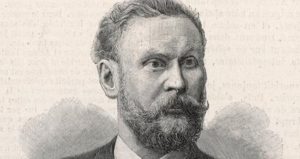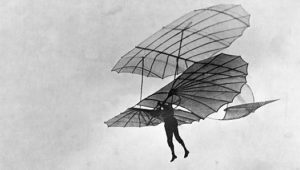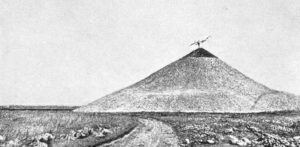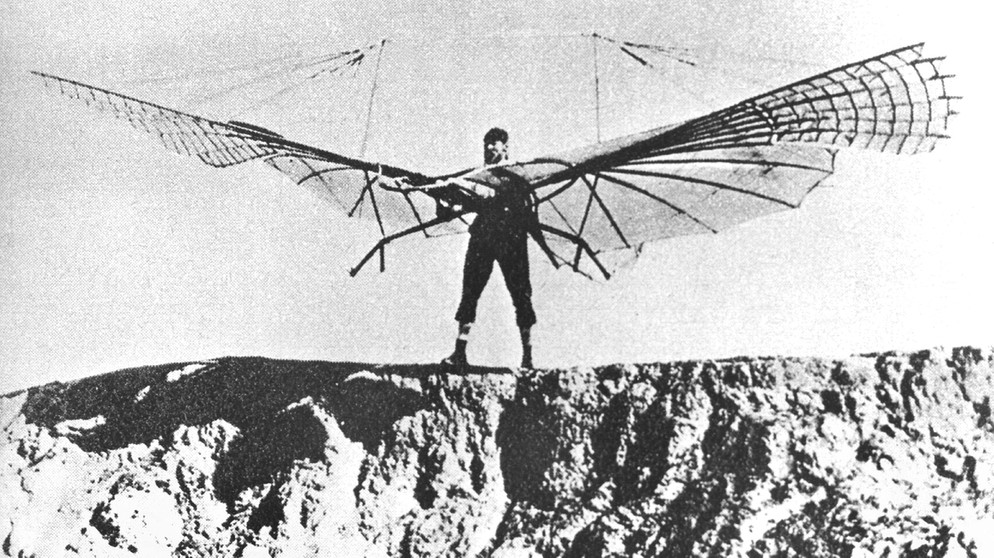Otto Lilienthal was a German pioneer of aviation who became known as the “flying man”. He was the first person to make well-documented, repeated, successful flights with gliders. Take a look below for 25 more fascinating and interesting facts about Otto Lilienthal.
1. Newspapers and magazines published photographs of Lilienthal gliding, favorably influencing public and scientific opinion about the possibility of flying machines becoming practical.
2. On August 9, 1896, his glider stalled and he was unable to regain control. Falling from about 15 meters, he broke his neck and died the next day, on August 10, 1896.
3. Lilienthal was born May 23, 1848, in Anklam, Pomerania Province, German kingdom of Prussia.
4. According to his birth certificate, his parents were Gustav and Caroline nee Pohle. They belonged to the St. Nikolai evangelical church community in Anklam, where he later attended grammar school, and where he eventually studied the flight of birds with his brother Gustav.

5. Fascinated by the idea of manned flight, Lilienthal and his brother made strap-on wings, but failed in their attempts to fly.
6. He then attended the regional technical school in Potsdam for two years and trained at the Schwarzkopf Company before becoming a professional design engineer.
7. He would later attend the Royal Technical Academy in Berlin.
8. In 1867, Lilienthal began experiments on the force of air in earnest, interrupted when he served in the Franco-Prussian War.
9. As a staff engineer in various engineering companies, Lilienthal received his first patent for a mining machine.
10. Five years later, he founded his own company to make boilers and steam engines.

11. In 1889, Lilienthal published his famous book “Birdflight as the Basis of Aviation.”
12. Lilienthal was born to middle-class parents. They had eight children, but only three of them survived past infancy: Otto, Gustav and Marie. The brothers worked together all their lives on technical, social and cultural projects.
13. On June 6, 1878, Lilienthal married Agnes Fischer, daughter of a deputy.
14. Music brought Lilienthal and Fischer together; she was trained in piano and voice while Lilienthal played the French horn and had a good tenor voice.
15. After marriage, they took up residence in Berlin and had four children: Otto, Anna, Fritz and Frida.
16. His last words were, “Sacrifices must be made.”

17. His career of flight just so happened to coincide with breakthroughs in photography. Many of his flights were captured, and you can see the wings he made in older magazines around the world.
18. Lilienthal acquired 25 patents over the course of his life, 21 of which were unrelated to aviation.
19. Lilienthal performed his first gliding attempts in mid-1891 at the so-called “Windmuhlenberg” near the villages of Krielow and Derwitz, which are located west of Potsdam.
20. In 1892, Lilienthal’s training area was a hill formation called “Maihohe” in Steglitz, near Berlin. He built a 4 meter high shed, in the shape of a tower, on top of it.
21. In 1893, Lilienthal also started to perform gliding attempts in the “Rhinower Berge,” at the “Hauptmannsberg” near Rhinow and later, in 1896, at the “Gollenberg” near Stolln.

22. In 1894, Lilienthal built an artificial conical hill near his home in Lichterfelde, called Fliegeberg. It allowed him to launch his gliders into the wind no matter which direction it was coming from.
23. Reports of Lilienthal’s flights spread in Germany and elsewhere, with photographs appearing in scientific and popular publications.
24. Among those who photographed him were pioneers such as Ottomar Anschutz and American physicist Robert Williams Wood.
25. Lilienthal’s research was well known to the Wright brothers, and they credited him as a major inspiration for their decision to pursue manned flight. However, they abandoned his aeronautical data after two seasons of gliding and began using their own wind tunnel data.




